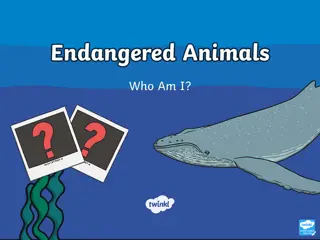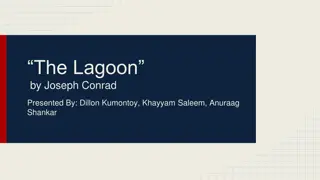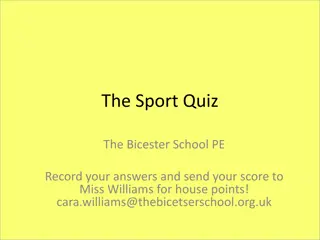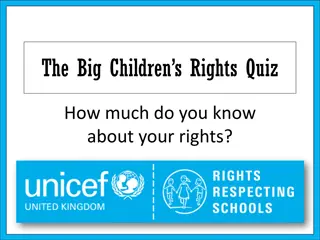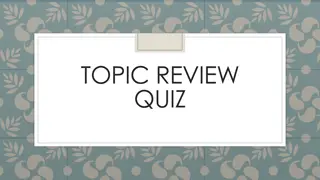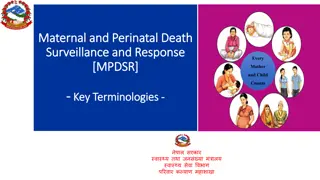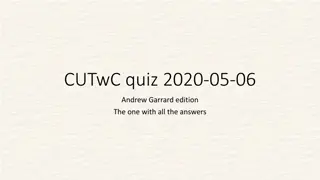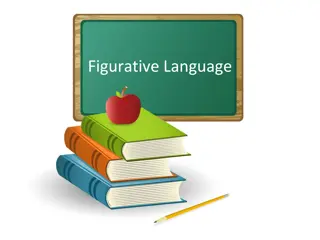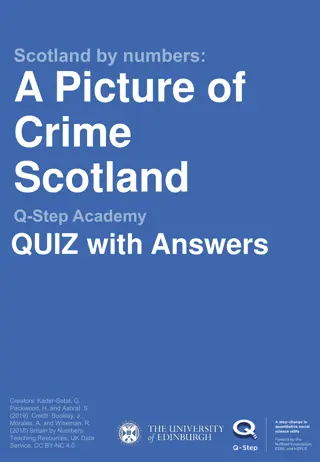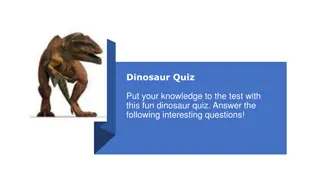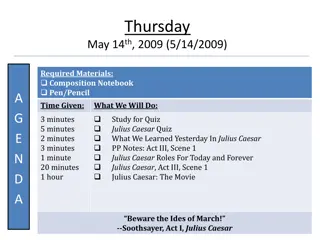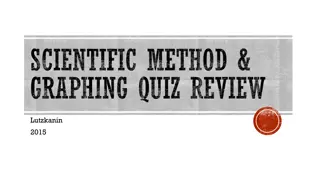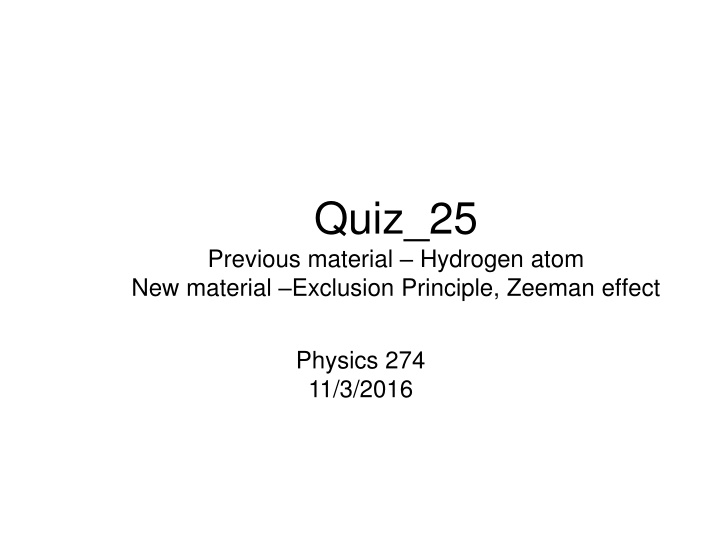
Hydrogen Atom and Exclusion Principle in Physics Quiz
Explore questions on the hydrogen atom, Pauli Exclusion Principle, quantum states, and the Zeeman effect in this physics quiz. Test your knowledge on atomic structures and fundamental principles in quantum mechanics.
Download Presentation

Please find below an Image/Link to download the presentation.
The content on the website is provided AS IS for your information and personal use only. It may not be sold, licensed, or shared on other websites without obtaining consent from the author. If you encounter any issues during the download, it is possible that the publisher has removed the file from their server.
You are allowed to download the files provided on this website for personal or commercial use, subject to the condition that they are used lawfully. All files are the property of their respective owners.
The content on the website is provided AS IS for your information and personal use only. It may not be sold, licensed, or shared on other websites without obtaining consent from the author.
E N D
Presentation Transcript
Quiz_25 Previous material Hydrogen atom New material Exclusion Principle, Zeeman effect Physics 274 11/3/2016
The hydrogen atom: Results 1)En=-13.6eV n2 Here l=0,1,2, .n-1 Which of the following statements are true ? A) Both Eqn 1) and Eqn 2) agree with the Bohr model. B) Neither Eqn 1) nor Eqn 2) agrees with the Bohr model C) Both Eqn 1) and Eqn 2) agree with the Bohr model for the case n=1, l=0 D) Eqn 1) agrees with the Bohr model while Eqn 2) does not agree.
Q.2 The Pauli Exclusion Principle states that: A) No two electrons can occupy the same quantum state B) Two electrons can occupy the same quantum state but no more than two C) No two electrons can occupy the ground state, but this is ok for excited states D) No two photons can occupy the same quantum state.
Q.3 How many quantum states are there in the n=2 hydrogen level ? (neglect intrinsic spin for today) A. 6 B. 2 C. 3 D. 4 E. 8 Here l=0,1,2, .n-1 Here m=0, 1, 2, . l
Q.4 Which of the following statement is true? A. The Zeeman effect refers to the splitting of atomic energy levels in the presence of an electric field. B. The Zeeman effect refers to the splitting of atomic energy levels in the presence of a magnetic field. C. The Zeeman effect refers to the splitting of atomic energy levels under applied pressure in one-direction D. The Zeeman effect refers to the splitting of atomic energy levels at high temperature.

